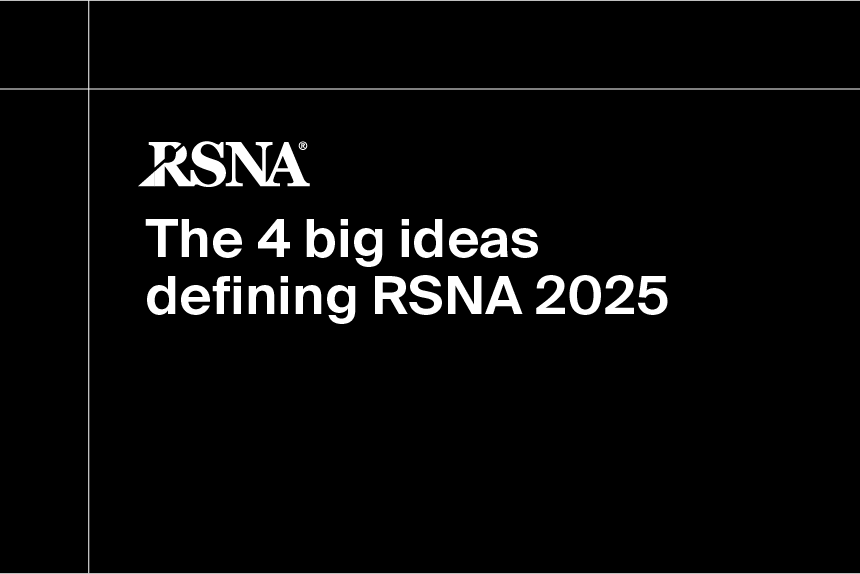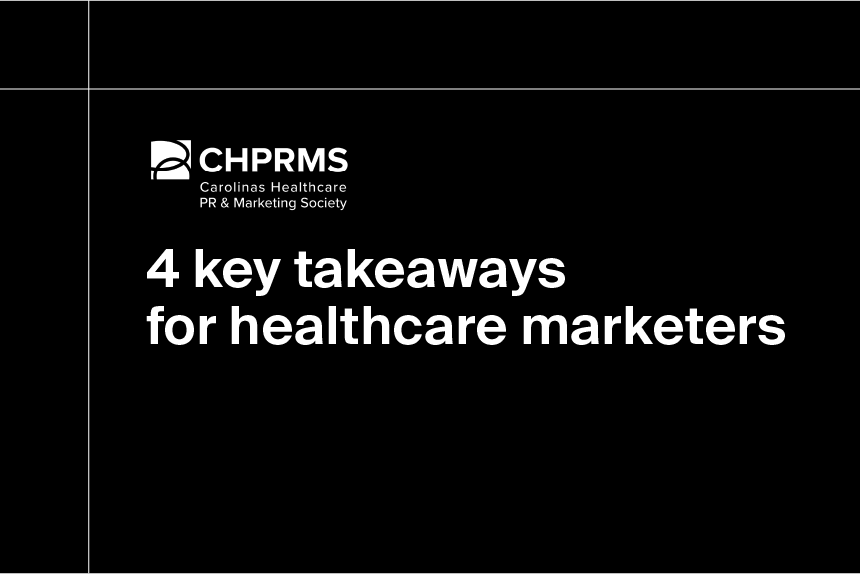Regulatory compliance is a constant challenge for nursing and long-term care providers. Shifting policy and budgetary pressures make it even more difficult—but more critical—for these organizations to meet CMS reporting standards, maintain HIPAA compliance, and maximize quality outcomes while leveraging limited resources for care and other routine services.
Even industry-leading facilities have room for improvement, and successful goal-setting (and achievement) begins with a clear, data-supported view into your organization’s operational performance. Systems like electronic health records (EHRs), internal quality metric monitoring, and referral pattern analysis support compliance as well as excellence in care.
Expanding that view to your competitors’ performance can help you understand critical strengths and weaknesses among various players in your market, refine your strategic goals, and seize potential opportunities for growth.
Here are some ways nursing and long-term care organizations can use data to keep up with regulatory compliance while improving care quality and overall business performance.
Avoid penalties and boost reimbursement with EHR data
Across modalities and care environments, documentation remains a cumbersome responsibility for providers. One 2016 study found that physicians spent almost twice as much time on documentation and data entry than they did with patients. Nearly 10 years later, another study found that while doctors are spending less time in care settings, around one in five spends more than eight hours a week handling EHR work outside of typical office hours.
It shouldn’t be surprising that so much effort is dedicated to data entry: accurate documentation is critical to both regulatory compliance and patient care. The Minimum Data Set 3.0 requires comprehensive assessment of all nursing facility residents, and inaccurate or delayed reporting can result in reimbursement reductions and other penalties.
It’s typically worth collecting data beyond the minimum required by state and federal policy; a wide range of EHR data can be used to inform quality outcome measures, identify potential health concerns or trends, and support audits when requested.
Even with modern EHRs, manual entry can be time-consuming and prone to error. AI-enabled voice-to-text, optical character recognition, and ‘smart’ monitoring devices can automate and expedite some of the more tedious aspects of documentation while reducing opportunities for human error. Aside from reducing staff workloads, these tools also improve submission times, leading to faster reimbursements for nursing and long-term care providers.
Enhance care coordination and transparency with referral pattern analysis
Tracking referral patterns within and beyond your network can improve care coordination efforts, support higher quality outcomes, and increase data transparency. It’s also a great way to:
- Identify opportunities for relationship building with high-value referral sources
- Spot gaps leading to leakage
- Tailor outreach efforts to improve trust and awareness
- Forecast demand to shape staffing and bed utilization
Referral pattern insights—gathered through in-house research or third-party data sources—help nursing and long-term care organizations understand where their patients are coming from, where they’re ending up if they leave, and how their health needs evolve throughout the process.
With this visibility, providers can more effectively dedicate resources to specific case types and ensure continuity of care between encounters with various facilities and specialists. A well-managed care continuum reduces the likelihood of rehospitalization, emergency department utilization, falls, and other issues tracked among the Centers for Medicare and Medicaid Services’ (CMS) long-stay quality measures.
Track quality metrics to stop potential issues early, gauge competitors
Quality metrics like infection rates, readmissions, falls, and medication errors are central to CMS’ long-term care regulations. By requiring transparent and ongoing quality reporting, CMS helps prospective patients, families, and doctors measure and compare providers’ and facilities’ performance.
To thrive in this industry, nursing and long-term care organizations should go beyond the regulatory minimum—gathering and reporting on quality measures at required intervals—and proactively monitor and analyze these metrics within their networks and beyond.
Data solutions with robust dashboards and alerts can help leaders quickly spot negative trends in quality measures and take corrective actions ahead of audits, improving patient safety and overall care quality.
Looking beyond compliance, it’s also wise to keep tabs on competitors’ quality performance, both within your market and in those where you may be considering expansion. Your competitors’ relative weaknesses can inform your marketing efforts as well as your referral strategy.
Monitor staffing ratios and credentials for compliance and workforce planning
CMS requires long-term care facilities to maintain staffing levels based on resident count, with a specific portion of hours per resident day (HPRD) overseen by a combination of registered nurses, licensed practical nurses, and licensed vocational nurses.
Using analytical tools with dashboards and visualization features can make it easier to track staff credentials, upcoming licensure renewals, and critical staffing ratios in real time—and report on those datapoints to relevant stakeholders.
Efficient, data-driven workforce planning not only improves outcomes and maintains safe staffing standards for residents; it also helps to reduce staff burnout and keep valuable labor assets in place. Just as it’s generally cheaper to keep patients in-network than it is to acquire new ones, it’s considerably more cost-effective to retain high-quality staff than to attract and hire new employees.
Learn more
Compliance should be on the minds of nursing and long-term care providers at every point in the care process, from patient intake and routine care to discharge and follow-up. A robust, accurate, and up-to-date source of truth can give visibility into residents’ care needs, referral patterns, quality performance, and staffing issues—all of which play a part in maintaining compliance and ensuring success in an increasingly competitive care environment.
Definitive Healthcare’s post-acute care intelligence integrates seamlessly with your existing data workflow, increasing your visibility into key compliance concerns while clearing the fog around your competitors’ performance.
See for yourself: Sign up for a demo today.




